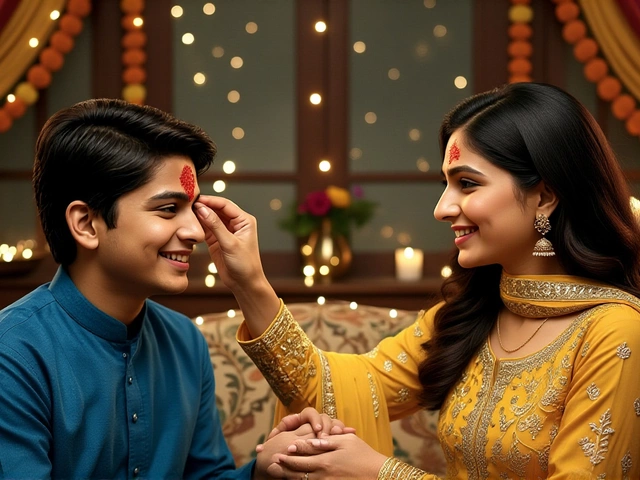Parenting and Video Games: Essential Tips for Safe Gaming
Gaming is part of most kids' lives today, and it’s natural for parents to wonder if it’s safe. You might hear headlines about violent games and wonder if they could actually hurt your child. The good news? Most worries are overblown, and a solid plan can keep playtime fun and healthy.
First off, the idea that an M‑rated game can literally kill a child is a myth. No controller or on‑screen boss is going to take a life. What can happen is fatigue, frustration, or a dip in mood if play isn’t balanced. Recognizing those signs early helps you steer things back on track before they become a problem.
Why M‑Rated Games Aren’t Lethal
Rating boards label an M game as “Mature” because of strong language, intense violence, or adult themes. That doesn’t mean the content is deadly. It simply signals that the material may not be suitable for younger eyes. Parents who set clear limits usually see no dangerous outcomes.
Kids may get a surge of adrenaline during intense battles, which can raise heart rate for a short spell. That’s similar to watching a fast‑paced movie or playing sports. As long as they’re not skipping meals, sleep, or medical care, the risk stays low.
When a child gets upset after losing a level, it’s a chance to teach coping skills. Ask, "What can you do next time?" and model calm problem‑solving. Turning a frustrating moment into a learning moment builds resilience, not danger.
Practical Tips for Safe Gaming
Set clear time limits. A simple rule like 30 minutes after homework or on weekends keeps gaming from eating up study time and sleep. Use timers or parental‑control apps to enforce the schedule without constant nagging.
Know the games. Check the ESRB rating, read a quick summary, and watch a short gameplay video. You’ll spot content that clashes with your family values before you hand over the controller.
Create a shared gaming zone. Keep consoles in a common area where you can glance at what’s happening. This makes it easier to jump in, answer questions, and spot any red flags early.
Encourage breaks. Every 45‑60 minutes, stand up, stretch, or grab a snack. A quick walk to the kitchen can reset focus and prevent eye strain.
Balance with other activities. Sports, music, reading, and chores all give the brain a different kind of workout. When kids have a full schedule, gaming stays a treat rather than a default.
Talk about in‑game choices. Ask, "What did you like about the story?" or "How would you handle that character’s decision?" These chats reveal how they interpret violence or moral dilemmas, and they open the door for guidance.
If your child shows signs of excessive anger, anxiety, or withdrawal, consider cutting back or switching to more cooperative games. Titles that require teamwork can boost social skills while still delivering fun.
Remember, you’re the ultimate filter. By staying informed, setting limits, and keeping the conversation open, you turn gaming into a positive part of your child’s development rather than a source of fear.
So, next time someone asks, "Can kids die playing M‑rated games?" you can answer with confidence: No, they won’t die, but they do need structure, supervision, and a balanced life. With the right habits, gaming becomes a safe, enjoyable hobby for the whole family.

Well, howdy there folks! Let's talk about a topic as spicy as my grandma's chili - "Can kids die when playing M-rated games?" Now, hold your horses, because the answer is a big, resounding "No!" Kids aren't going to kick the bucket from playing these games, folks. Sure, they might lose a few hours of sleep or maybe even their tempers, but the Grim Reaper isn't lurking behind the next level. Keep things in perspective and remember, it's all fun and games until someone loses an... avatar?




